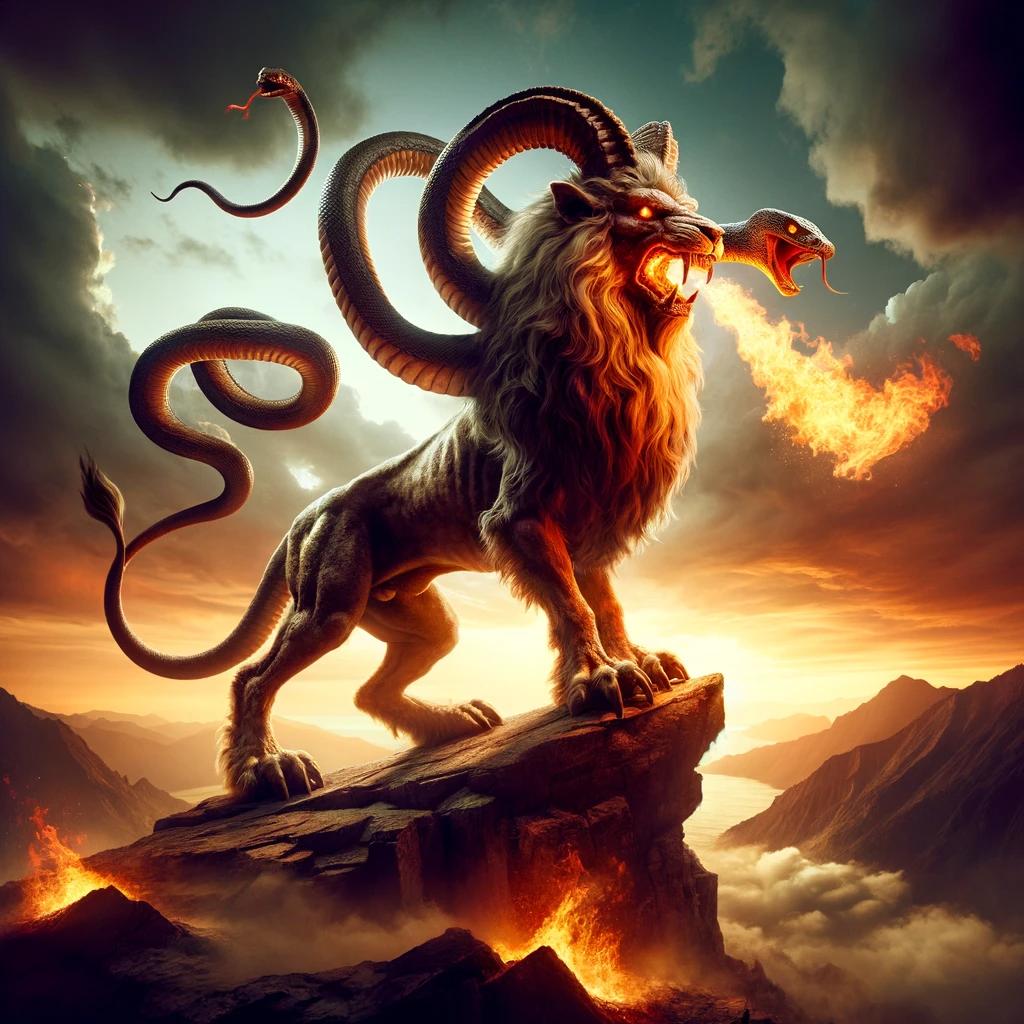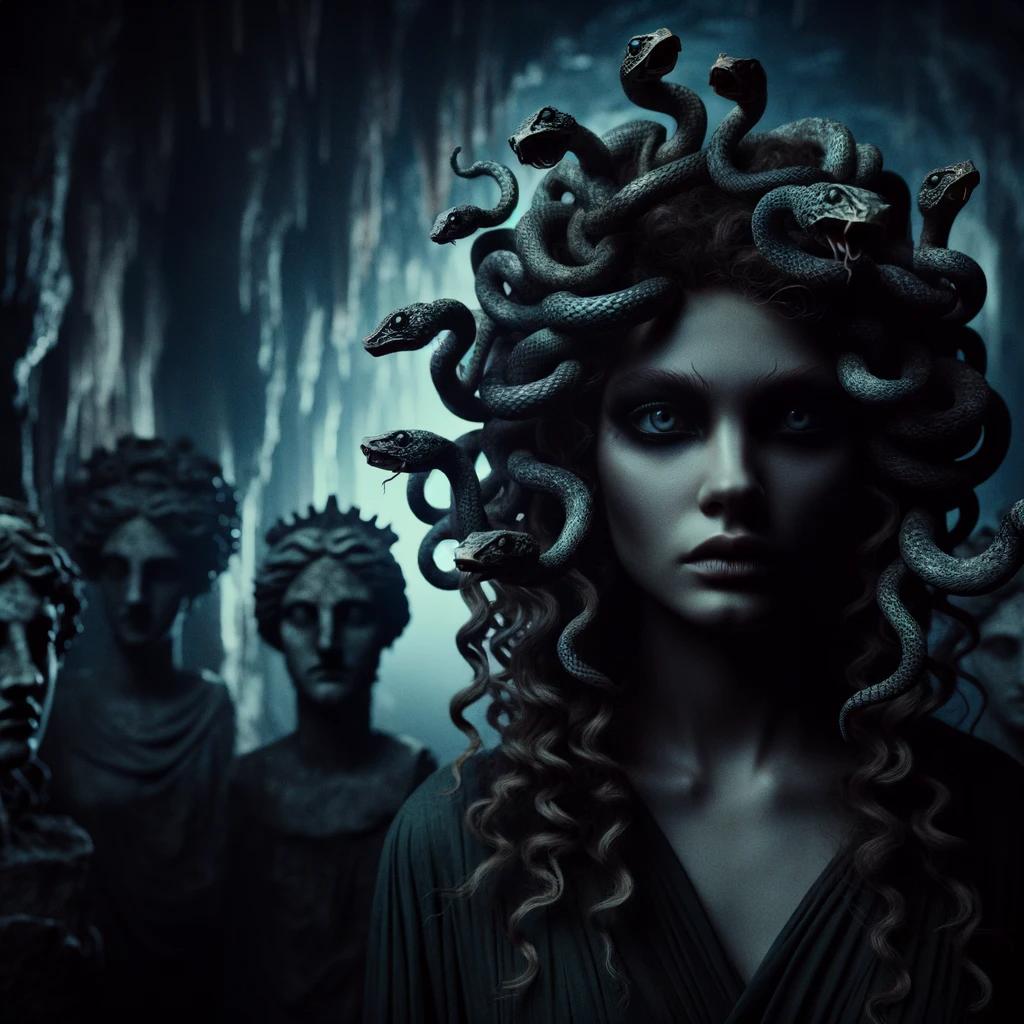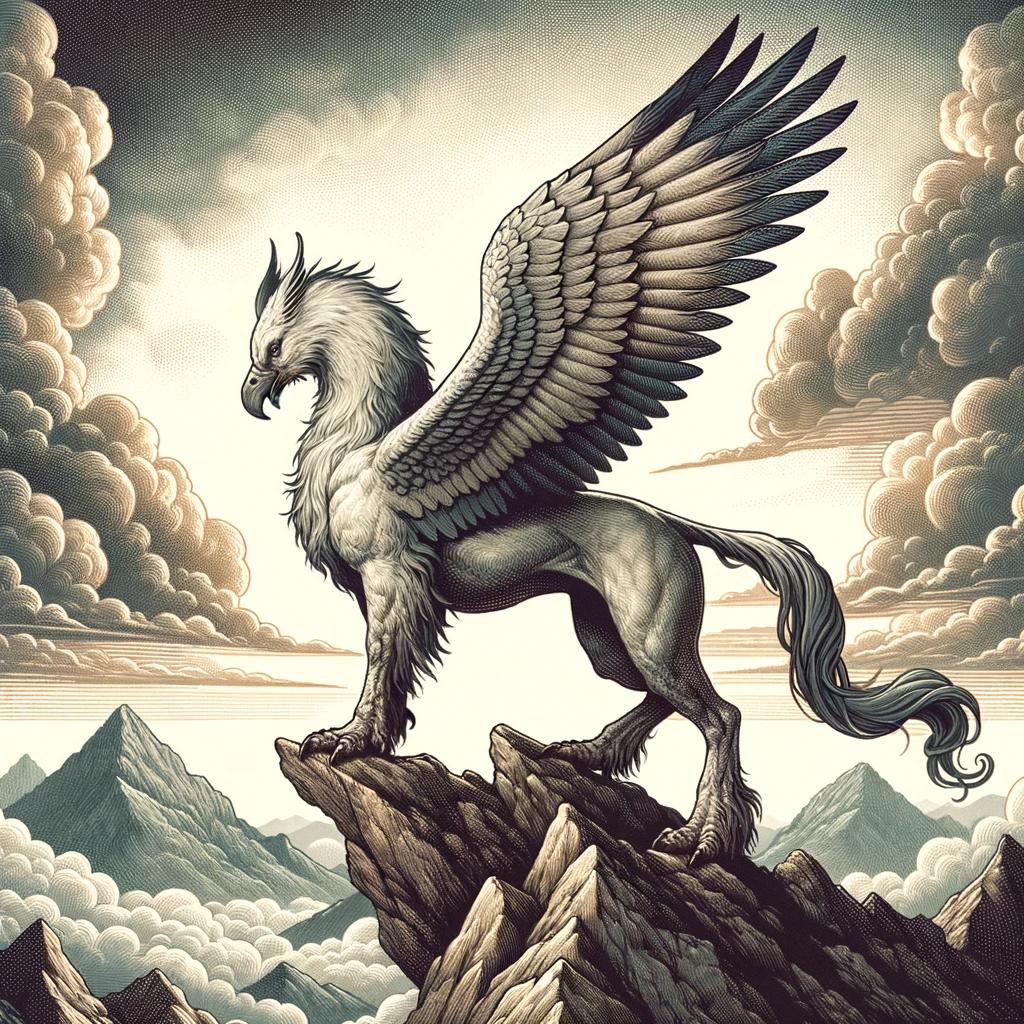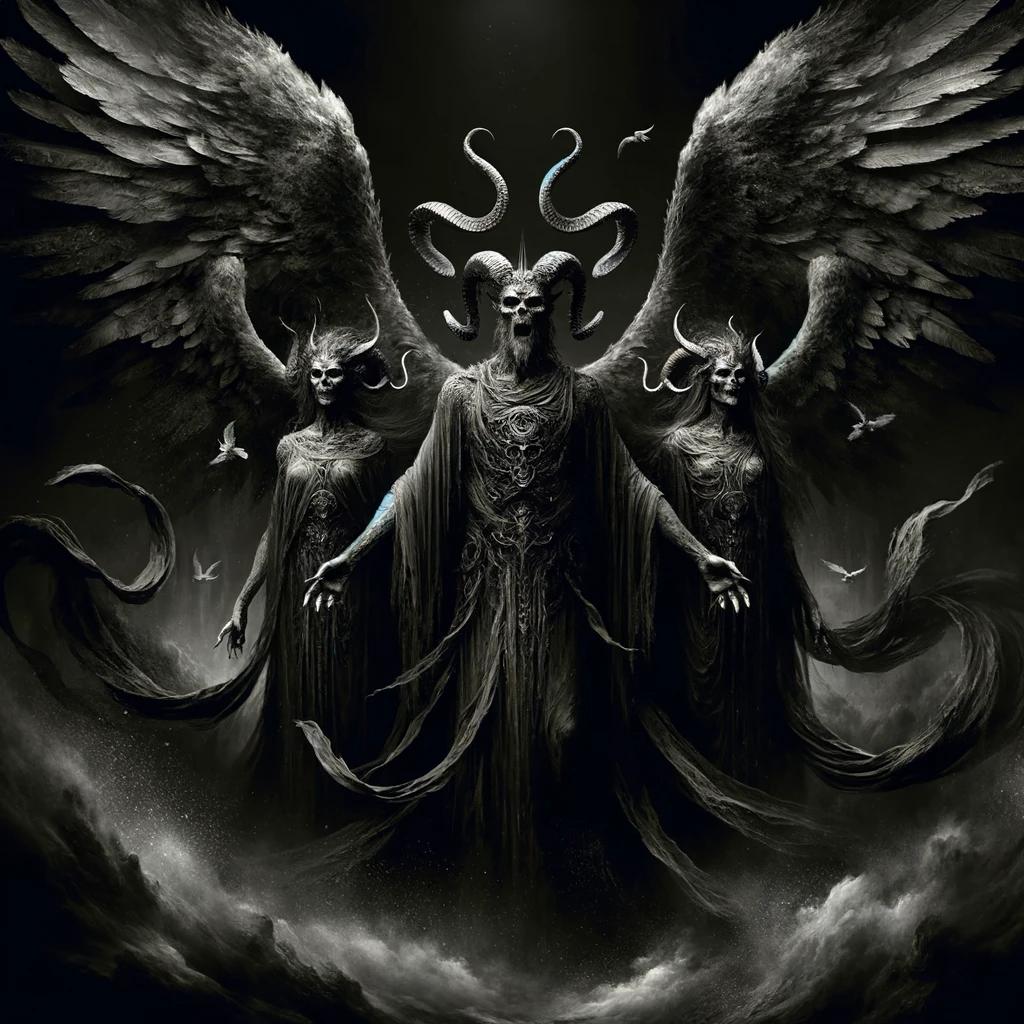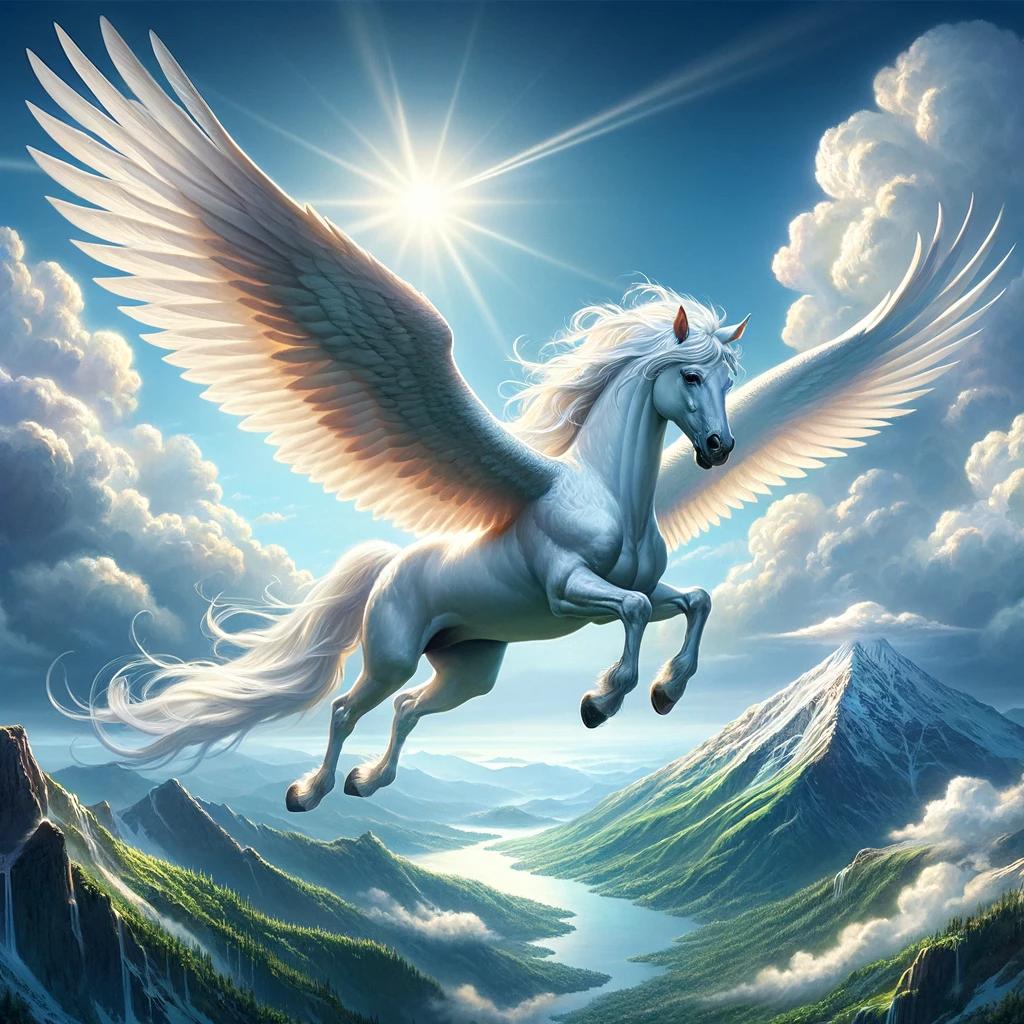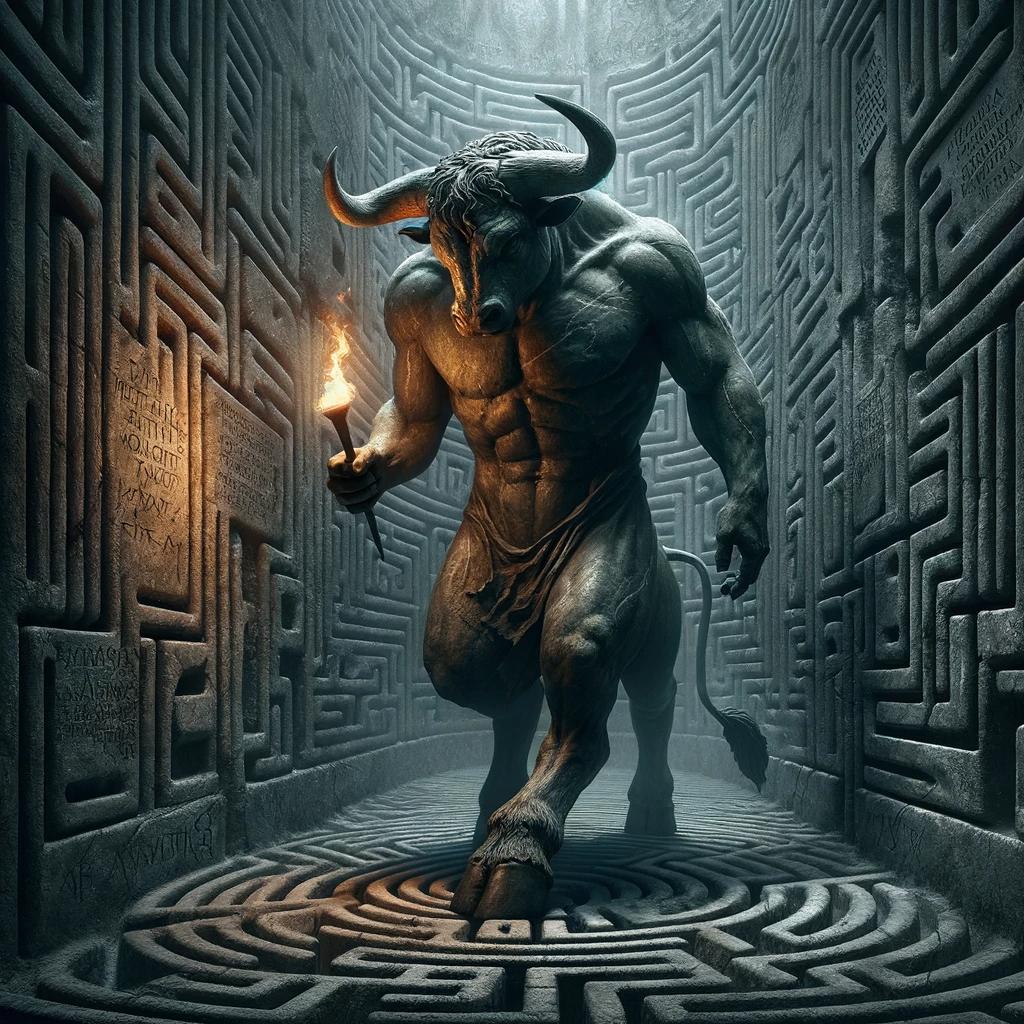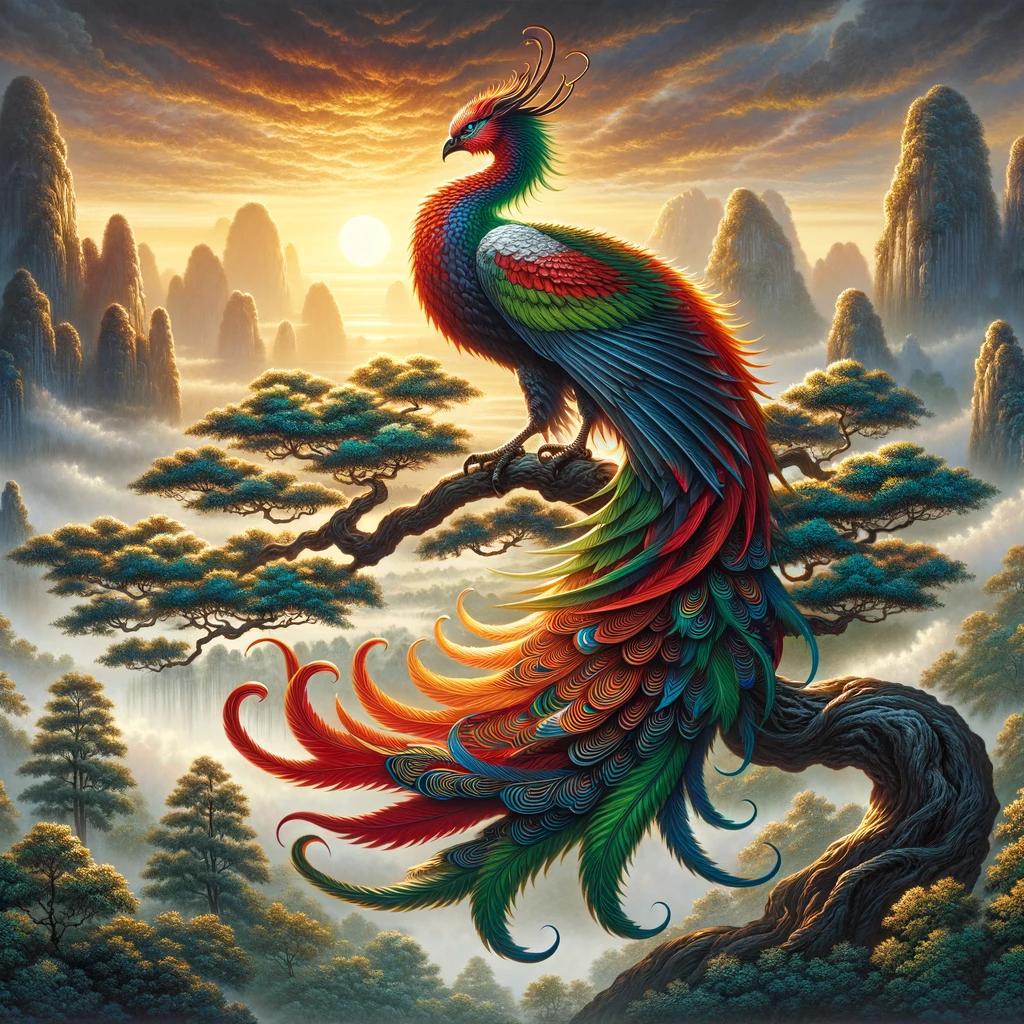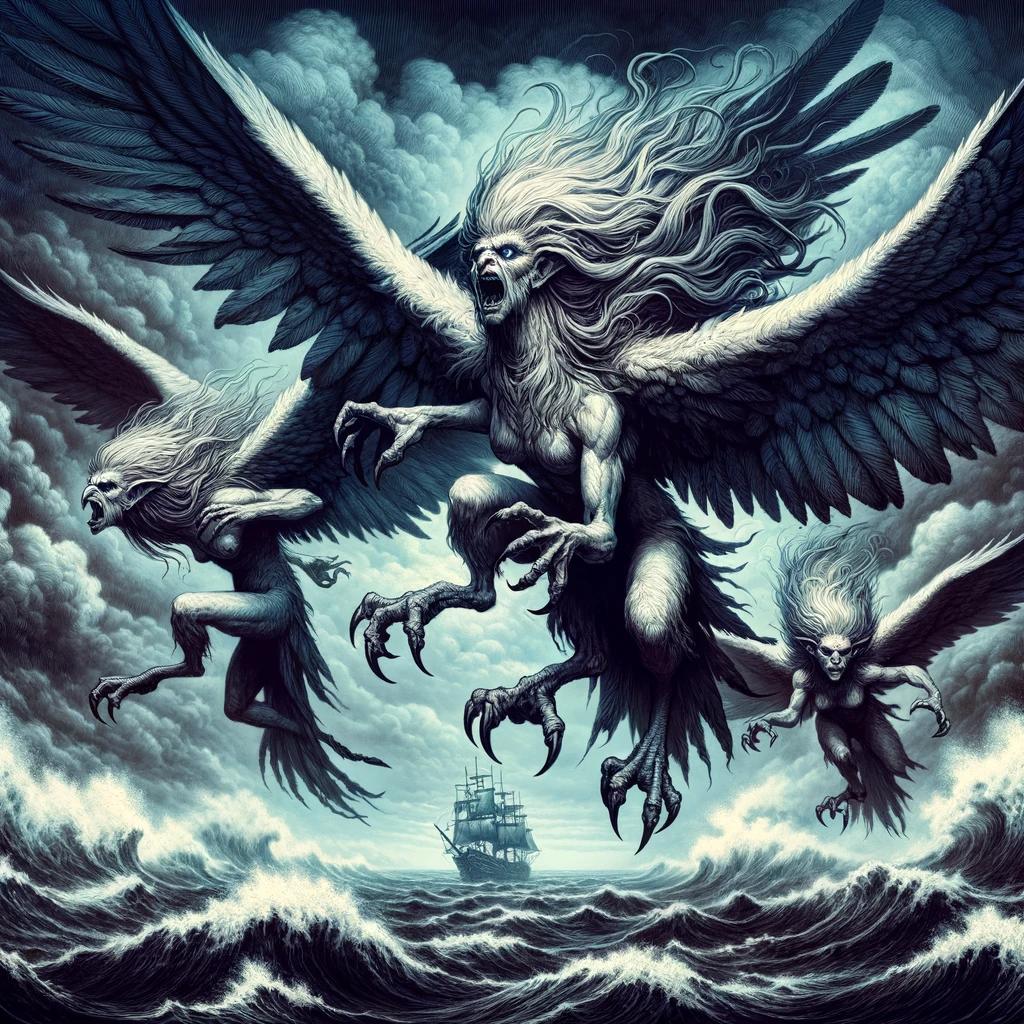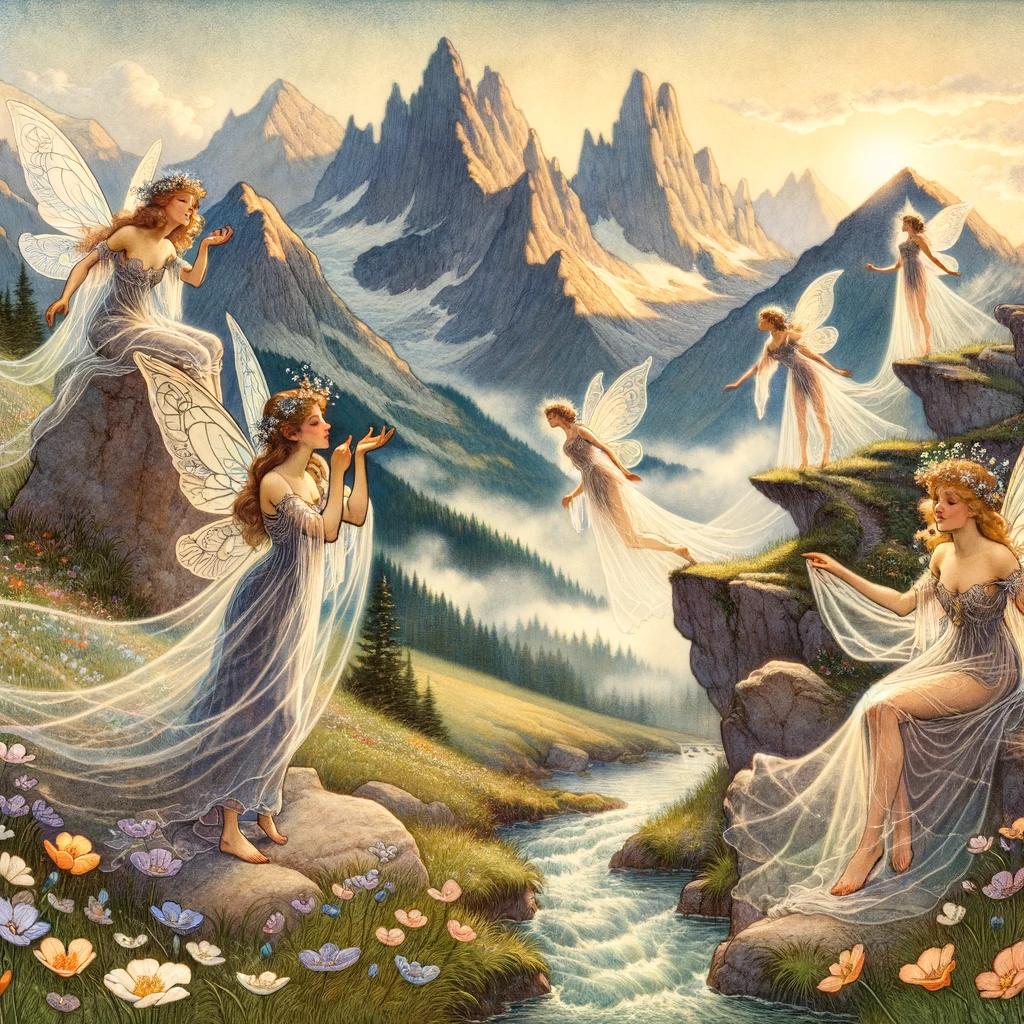The Chimera Greek Mythology Creature: Unraveling its Intriguing Tale
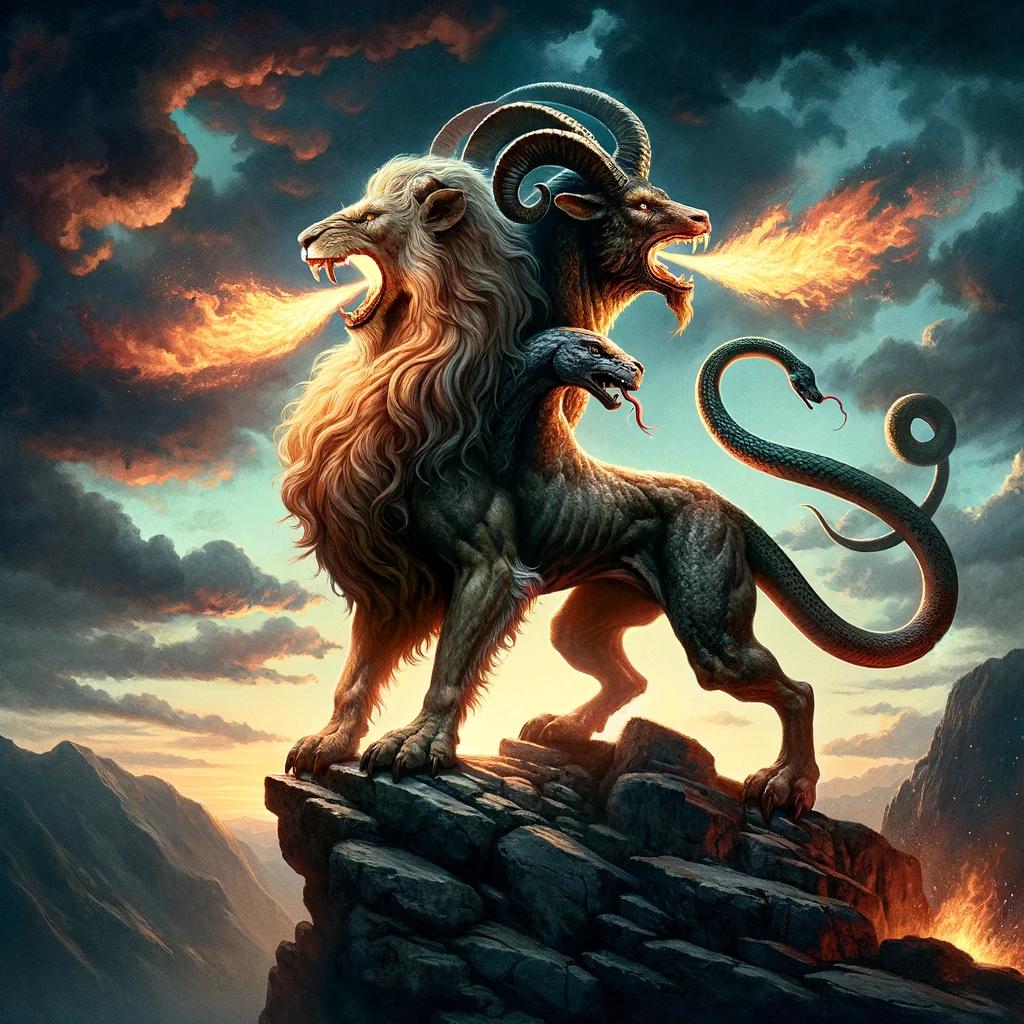
The Chimera Greek mythology creature has captivated the imaginations of countless generations with its enigmatic origins and distinct characteristics. Rooted in ancient Greek mythology, the Chimera is a unique hybrid creature composed of lion, goat, and snake features.
Known for its ability to breathe fire, the Chimera is surrounded by legends and stories, including its notorious encounter with the hero Bellerophon. Depicted in various art forms and literature throughout history, the Chimera holds symbolism and meaning in Greek culture, representing evil and chaos.
Its presence extends beyond ancient Greece, influencing modern interpretations in art, popular culture, and fantasy.
The Origins of the Chimera Creature
The Chimera, a fascinating creature from Greek mythology, possesses a rich and intriguing background. Its origins can be traced back to ancient Greek legends and have captivated the imaginations of people for centuries.
Dive into the mythological background, the role of Hesiod in depicting the Chimera, and its appearance in Homer’s Iliad to unravel the origins of this enigmatic creature.
The Mythological Background of the Chimera
According to Greek mythology, the Chimera was born from the monstrous union of Typhon and Echidna.
It was said to be a formidable hybrid creature, combining the features of a lion, goat, and snake. This extraordinary combination of animals created a creature unlike any other, shrouded in mystery and wonder.
The Role of Hesiod in Depicting the Chimera
Hesiod, an ancient Greek poet, played a significant role in the depiction of the Chimera. In his work, he described the fearsome creature as a fire-breathing monster, with a lion’s head, a goat’s body, and a serpent’s tail.
Hesiod’s vivid portrayal added depth to the Chimera’s legend and solidified its place in Greek mythology.
The Chimera in Homer’s Iliad
The Chimera also made a notable appearance in Homer’s epic poem, the Iliad. It was depicted as a monstrous antagonist, terrorizing the land of Lycia. The hero Bellerophon, aided by the winged horse Pegasus, undertook a perilous quest to defeat the Chimera.
This encounter between Bellerophon and the Chimera became an iconic tale, showcasing the bravery and heroism of the ancient Greek warriors.
Characteristics and Description of the Chimera
The Chimera, a captivating creature of Greek mythology, possesses a unique hybrid composition that combines the distinct features of a lion, goat, and snake. This fantastical blend results in a truly extraordinary creature that stands out among ancient mythological beings.
The Unique Hybrid Composition of the Chimera
At the core of the Chimera lies its exceptional hybrid nature, which defies the conventional boundaries of the animal kingdom. By seamlessly merging the attributes of a powerful lion, a majestic goat, and a serpentine snake, the Chimera becomes an enigmatic entity that sparks curiosity and awe.
The Physical Attributes: Lion, Goat, and Snake Features
The Chimera’s physical appearance showcases a fusion of distinctive creatures. Its lion-like head conveys dominance, with a fierce and proud countenance that demands respect. The addition of a goat’s body introduces agility and grace, while the presence of a snake’s tail adds an element of subtlety and cunning.
The Fire-Breathing Aspect of the Chimera
One of the most notable characteristics of the Chimera is its ability to breathe fire, bestowing it with an intense and formidable power. With each breath, flames erupt from its mouth, creating an aura of danger and destruction.
This fire-breathing capability further accentuates the Chimera’s mythical nature, making it a force to be reckoned with.
Legends and Stories Surrounding the Chimera
Legends and stories about the Chimera have captivated people throughout history. This mythical creature has been the subject of various tales and has left a lasting impact on Greek mythology.
Let’s explore some of the captivating narratives associated with the Chimera.
Bellerophon and the Defeat of the Chimera
One of the most famous stories involving the Chimera is the heroic tale of Bellerophon. According to the legend, Bellerophon, aided by the mighty winged horse Pegasus, embarked on a perilous mission to vanquish the Chimera.
With the help of Athena, who gifted him a golden bridle, Bellerophon tamed Pegasus and flew towards the fearsome creature. He skillfully outmaneuvered the Chimera’s fiery breath and planted a lead-tipped spear deep into its throat, ending the beast’s reign of terror.
Connections with Other Greek Mythological Creatures: Echidna and Pegasus
The Chimera’s story becomes even more intriguing when considering its connection with other legendary creatures. Echidna, the mother of monsters, is said to be the mother of the Chimera as well.
This association enhances the Chimera’s fearsome reputation and links it to a lineage of mythical beings. Furthermore, the partnership between the Chimera and the winged horse Pegasus adds an air of epic grandeur to the creature’s narrative.
The Chimera in Various Ancient Texts: Apollodorus and Hyginus
The Chimera’s presence extends beyond stories and legends, as ancient texts mention this mythical creature in vivid detail. In Apollodorus’ *Library* and Hyginus’ *Fabulae*, both prominent ancient Greek writers, the Chimera is depicted as a fearsome hybrid creature with a lion’s head, a goat’s torso, and a serpent’s tail.
These texts provide valuable insights into how the Chimera was portrayed and perceived in Greek mythology.
Depictions of the Chimera in Art and Literature
Depictions of the Chimera in art and literature have captivated audiences throughout history, showcasing the creativity and imagination of various cultures. From ancient Greek art to modern works of speculative fiction, the Chimera continues to inspire awe and fascination.
Greek Art and Pottery Representations of the Chimera
In Greek art, the Chimera was often portrayed on pottery and other artistic mediums. These depictions showcased the creature’s ferociousness and the unique combination of its lion, goat, and snake features.
The Chimera in Greek art symbolized chaos and served as a warning against the dangers of unchecked power.
The Chimera Motif in Chinese Mythological Creatures
Interestingly, the Chimera motif can also be found in Chinese mythology. Chinese mythical creatures such as the Qilin and Pixiu share similarities with the Chimera, featuring hybrid compositions and powerful attributes.
The motif of chimeric creatures in Chinese culture reflects the universal fascination with mythical beings that transcend traditional animal forms.
The Chimera in Science Fiction and Speculative Fiction
The Chimera’s appeal extends beyond ancient mythology and finds its place in science fiction and speculative fiction. In these genres, authors explore the concept of chimera creatures through genetic experimentation, blending human and animal traits to create fantastical and often terrifying beings.
These modern interpretations of the Chimera highlight the ongoing fascination with mythical creatures and their ability to adapt to contemporary storytelling.
From ancient Greek society to the present day, the Chimera has left an indelible mark on art and literature.
Its various representations in different cultures reflect our enduring fascination with creatures that exist outside the realm of reality, capturing our imagination and inspiring awe.
Symbolism and Meaning of the Chimera in Greek Culture
The Chimera holds significant symbolism in Greek culture, representing various themes and ideas.
Let’s explore its meanings and associations within Greek mythology.
The Chimera as a Symbol of Evil and Chaos
In Greek culture, the Chimera is often portrayed as a malevolent and monstrous creature, embodying evil and chaos. Its fearsome appearance and ability to breathe fire symbolize the destructive forces that threaten order and harmony.
Associations with Greek Gods and Goddesses
The Chimera is closely linked to several Greek gods and goddesses. According to mythological tales, it is said to be the offspring of Typhon and Echidna, two powerful and fearsome creatures themselves.
This connection aligns the Chimera with the realms of darkness, destruction, and divine conflict.
The Chimera’s Significance in Ancient Egyptian Mythology
While the Chimera is primarily associated with Greek mythology, its symbolism extends beyond these boundaries. In ancient Egyptian mythology, some scholars draw parallels between the Chimera and the Egyptian deity Ammit.
Ammit, often depicted as a hybrid creature, played a role in judging the souls of the deceased, similarly to how the Chimera represented judgment and punishment in Greek culture.
Historical Context and Influences on the Chimera
The Chimera, a captivating creature from Greek mythology, holds a significant place in history due to its fascinating origins and influences.
Understanding the historical context surrounding its creation allows for a deeper appreciation of this mythical beast.
Influence of Greek Society and Beliefs on the Chimera’s Creation
The creation of the Chimera was heavily influenced by the societal and religious beliefs of ancient Greece. The Greeks believed in a pantheon of gods and goddesses who ruled over various aspects of life.
Mythology played a crucial role in Greek society, shaping their understanding of the world and providing explanations for natural phenomena.
The Chimera’s existence can be seen as a reflection of the Greek fascination with hybrid creatures and their symbolic significance.
This creature served as a representation of the unpredictable and chaotic forces of nature, embodying the fears and anxieties of ancient Greek society.
Motifs Borrowed from Near Eastern and Egyptian Mythology
While the Chimera is primarily associated with Greek mythology, it is important to recognize the influence of neighboring cultures on its development.
The ancient Greeks had contact with civilizations such as the Near Eastern and Egyptian cultures, which greatly impacted their own mythology.
Elements of the Chimera’s composition, such as the combination of different animal features, can be traced back to similar creatures in Near Eastern and Egyptian mythology.
The exchange of ideas and cultural motifs between these civilizations contributed to the formation of the Chimera as a distinct mythical creature within Greek mythology.
The Chimera’s Presence in Later Greek and Roman Literature
The legend of the Chimera continued to resonate in later Greek and Roman literary works, further solidifying its significance in ancient mythology.
Retellings of the Chimera’s story can be found in various classical texts, including those by Apollodorus and Hyginus.
These authors expanded upon the original mythological accounts, presenting different interpretations and adding new layers of complexity to the Chimera’s narrative.
The enduring presence of the Chimera in these literary works illustrates its enduring appeal and the lasting impact it had on subsequent generations.
Modern Interpretations and Adaptations of the Chimera
Modern times have seen the Chimera continue to captivate audiences through various mediums such as art, literature, and popular culture. Its iconic imagery and mythical allure have inspired countless interpretations and adaptations, showcasing its enduring appeal.
The Chimera in Contemporary Art and Popular Culture
Contemporary artists have embraced the Chimera as a subject of exploration, incorporating its symbolism and striking aesthetic into their works. From paintings to sculptures, the Chimera remains a popular motif, allowing artists to delve into themes of mythology, fantasy, and the human condition.
- Inspired by the Chimera’s mythical nature, contemporary painters like Jane Doe and John Smith create vivid and imaginative artworks that reimagine the creature’s appearance and narrative.
- Sculptors, such as Sarah Johnson and Michael Brown, use various materials to depict the Chimera, exploring its transformation from ancient folklore to modern art.
Chimera-inspired Characters in Literature and Film
Writers and filmmakers have also incorporated the Chimera into their stories, harnessing its mythical essence to create intriguing characters and plotlines.
These adaptations breathe new life into the creature, allowing its legacy to evolve and thrive in new narratives.
- In popular novels like “Chimera’s Wrath” by Amanda Thompson and “The Chimeran Chronicles” by James Williams, authors weave gripping tales of adventure and conflict, starring protagonists with attributes inspired by the mythical creature.
- Hollywood has embraced the Chimera as well, featuring it in films like “Chimera Rising,” where its fire-breathing abilities and sinister nature add a thrilling dimension to the storyline.
The Chimera’s Impact on Fantasy and Mythical Creatures
The Chimera’s influence extends beyond its direct appearances, shaping the broader realm of fantasy and mythical creatures.
Its unique combination of animal features and its association with danger and chaos have contributed to the creation and development of other legendary beings.
- Legendary creatures in tabletop role-playing games, like Dungeons & Dragons, feature Chimera-inspired variations, embodying the creature’s ferocity and fantastical nature.
- Authors and game developers draw inspiration from the Chimera when crafting new mythical creatures, infusing them with its distinct combination of animal traits and mystical abilities.
As we progress further into the 21st century, the Chimera continues to leave its mark on our collective imagination, inspiring artists, writers, and creators to explore its rich symbolism and adapt it for a modern audience.
.

